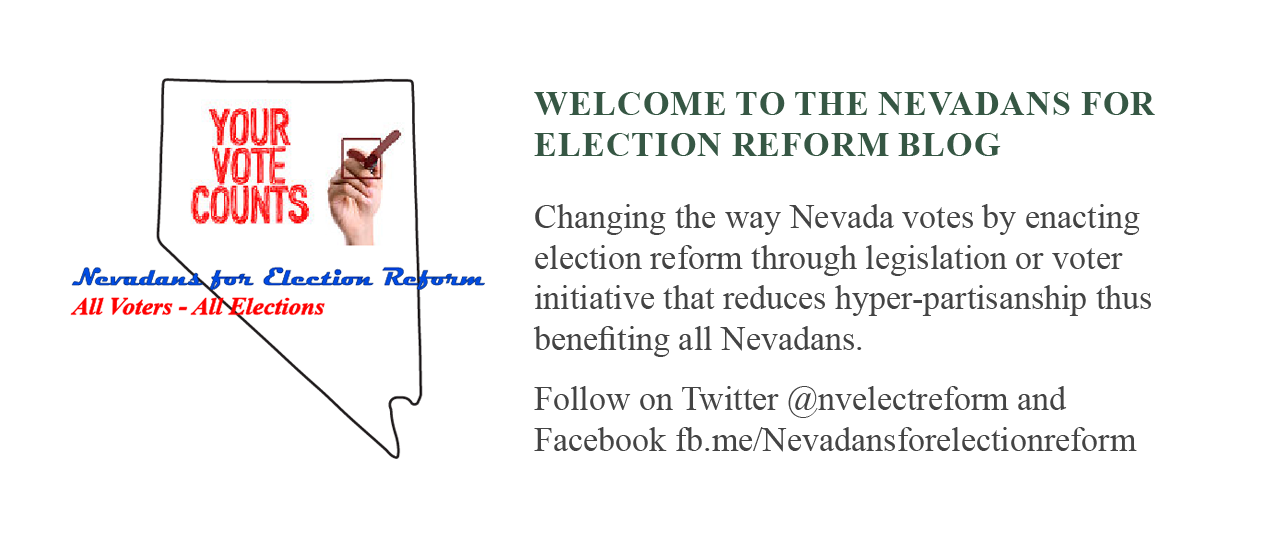Electronic
voting systems in 43 states, including Nevada, are at least 10 years old. These
systems, both hardware and software are approaching, or have already exceeded
their lifespan. The potential for mechanical breakdown and technological
failure possibly compromising the voting process and / or election results is
great. This is the conclusion of an extensive report recently released by the Brennan
Center for Justice.
Nevada
election officials and legislators are well aware of the situation. On July 22, 2014 a group of legislators,
legislative staff, and state and county election officials met to discuss the
status of the state’s aging voting machines and ways to address the issue. As
long as vendors continue to support the machines and software, repairs can be
made as needed. However, as technology improves, vendors stop supporting older
versions. This has already happened for some software. Prolonging the inevitable is not an
acceptable plan of action. Legislators need to make voting system upgrade and
replacement a priority if we are to avoid an election disaster.
Given
recent low voter turnout, it’s hard to predict how many voters will participate
in the 2016 general election. However, given voters will be choosing a
president, a replacement for Senator Harry Reid, and deciding whether to
legalize recreational marijuana and stricter background checks for the purchase
of firearms, I’d expect at least 75% turnout, the
average for presidential year
elections, if not higher. Will 2016 be the year Nevada’s voting machines decide
to really show their age?
The task
for legislators in the 2017 Nevada legislative session will be to find the
money stream to pay for software upgrades and eventual replacement of the
physical equipment. The Nevada Election Modernization and
Reform Act – 2017
(NEMRA – 2017) provides one source of funding. By eliminating at least $3 – 4 million from
the cost of administering elections each election cycle, NEMRA – 2017 would
allow that money to be allocated for needed software upgrades and / or towards
total system replacement.
Providing
funds to avoid an election catastrophe is not the only benefit of enacting
NEMRA – 2017. By implementing the reforms proposed, Nevada legislators would be
putting a process in place that would increase participation and voter turnout
while not infringing on the rights of political parties. There is a potential
the legislation could strengthen the parties themselves.
The
decision for legislators is not “if” to act, it’s “when”. Nevada cannot risk
the consequences of an election system failure; long delays at the polls,
voters unable to cast votes, votes not recorded or recorded incorrectly, any
resulting lawsuits. NEMRA – 2017 is part of the solution.
